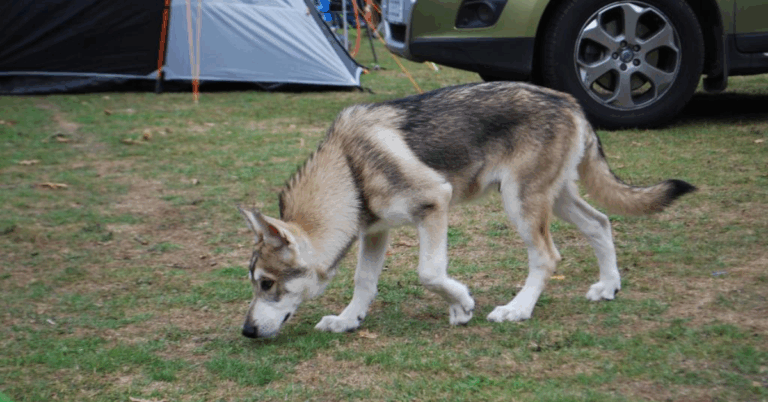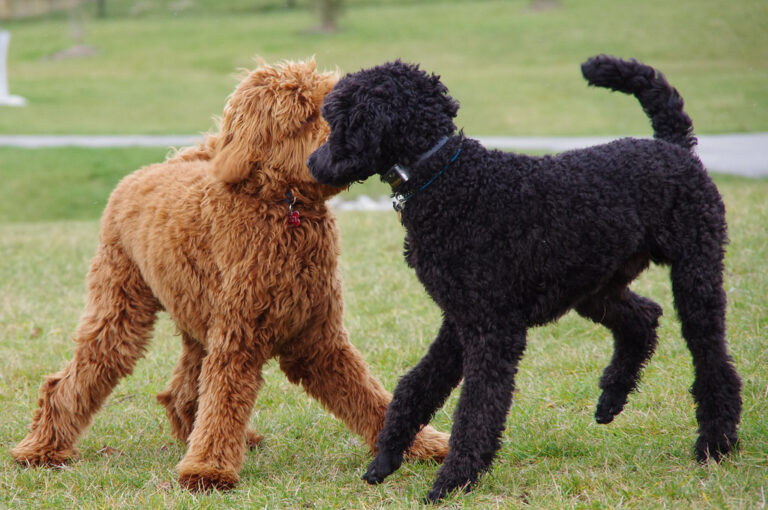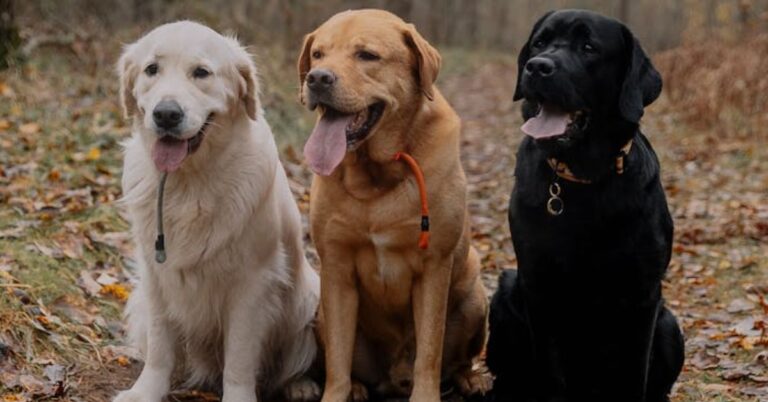30 Dog Breeds That Are Prone to Serious Health Issues

Choosing a dog involves more than falling in love with a cute face or playful energy. Behind the wagging tails and sweet expressions, some breeds come with a higher risk of chronic illness, genetic disorders, and costly vet bills. Whether due to years of selective breeding or structural exaggerations, these health concerns can seriously impact a dog’s quality of life—and your ability to care for them.
English Bulldog

English Bulldogs are iconic for their wrinkled faces and stocky bodies, but those features come with a price. They’reextremely prone to brachycephalic airway syndrome, which makes breathing difficult even at rest. Their tightly packed bodies lead to joint issues like hip dysplasia, and they often suffer from chronic skin infections between their folds. Bulldogs also overheat easily, even in mild temperatures, and may develop heart disease or cancer.
Cavalier King Charles Spaniel

This affectionate toy breed often struggles with serious genetic conditions. Syringomyelia, a neurological disease causingpainful spinal cysts, is common in the breed. They’re also prone to mitral valve disease, a heart issue that can progress rapidly and fatally. Eye problems, ear infections, and hip dysplasia are additional concerns. Despite their sweet nature, they are not a low-maintenance breed when it comes to health, and they often need lifelong medication or surgery.
Great Dane
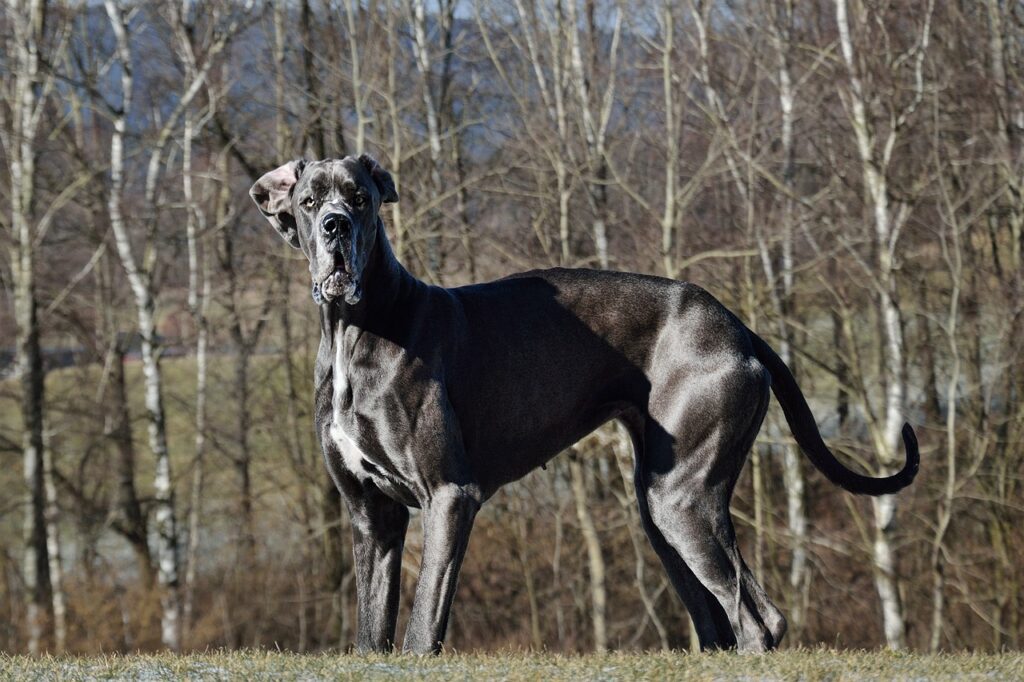
Great Danes are one of the largest dog breeds, and their size is both their charm and their challenge. They’re highly susceptible to bloat—a potentially fatal condition that twists the stomach—and require immediate emergency care if it happens. Their joints endure massive strain, which contributes to hip dysplasia and arthritis. Heart conditions like dilated cardiomyopathy are also prevalent.
Boxer
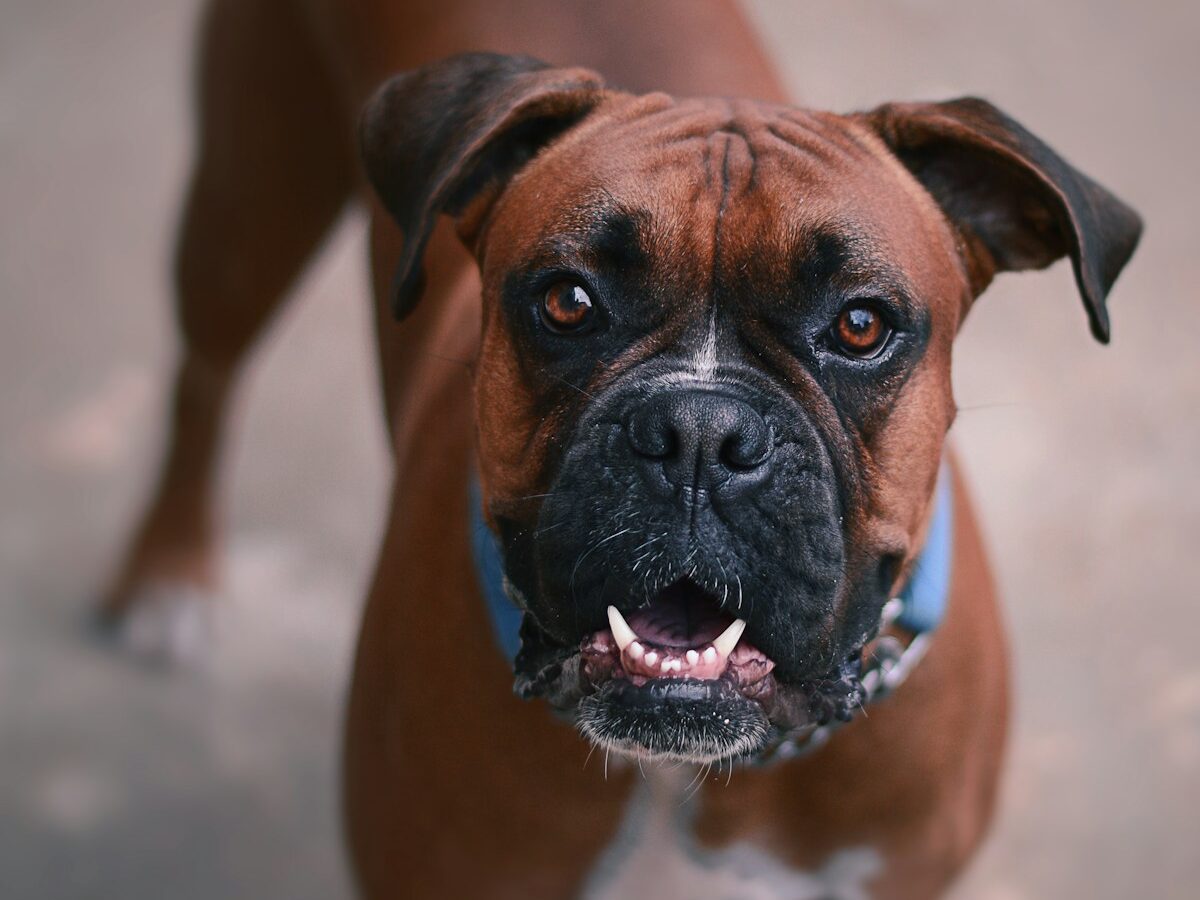
Boxers are active and expressive dogs, but many are affected by serious health risks. They’re among the top breeds for cancer incidence, including mast cell tumors and lymphoma. They’re also prone to heart problems like aortic stenosis and cardiomyopathy, which can lead to sudden death. Neurological issues such as seizures may arise, and skin allergies or thyroid dysfunction are common.
Pug

Pugs are loved for their personalities, but their flat faces create chronic breathing problems. They often struggle with brachycephalic syndrome, which impairs airflow and leads to overheating. Their bulging eyes are prone to injury and ulcers, and they may develop spinal issues like hemivertebrae. Obesity is a frequent problem that worsens all their other conditions.
Doberman Pinscher

Dobermans are sleek and powerful, but they carry a high risk of dilated cardiomyopathy, which can go unnoticed until sudden collapse or death. They also suffer from a bleeding disorder called von Willebrand’s disease, along with hip dysplasia, cervical instability, and hypothyroidism. Regular cardiac screenings and genetic testing are important. Despite their physical strength, their internal health can be alarmingly fragile.
Dachshund

The Dachshund’s long spine and short legs make them adorable but vulnerable. Intervertebral disc disease is common and can lead to paralysis. Obesity further stresses their spine, so a lean body is critical. They also suffer from dental disease and luxating patella. Preventing high-impact activities like jumping is crucial to protect their back health over time.
German Shepherd
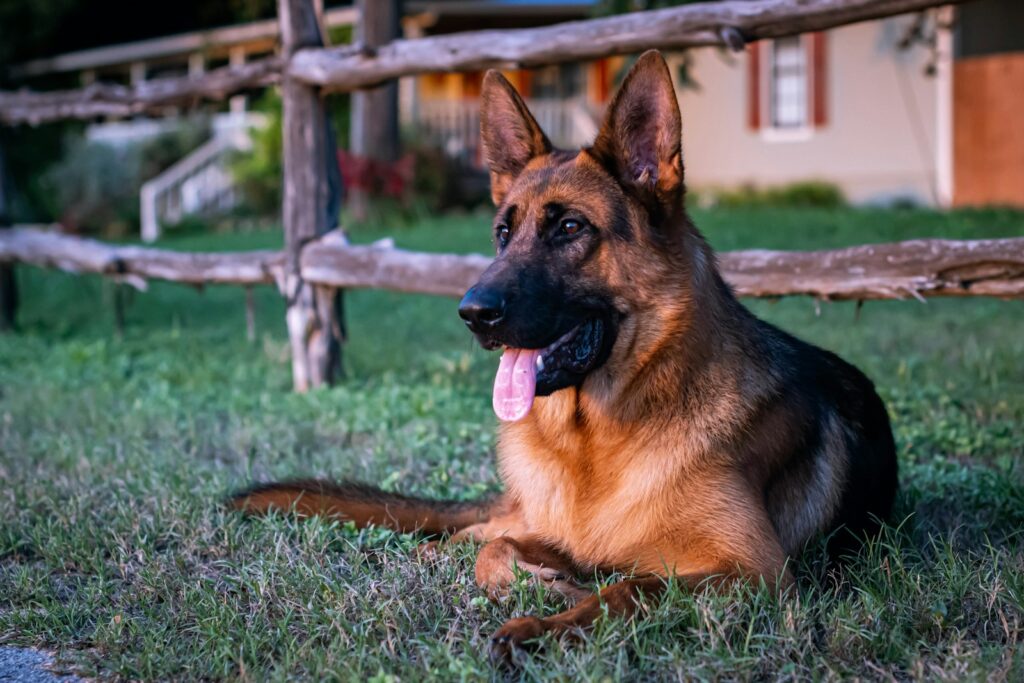
A hardworking and intelligent breed, German Shepherds suffer from several hereditary problems. Hip and elbow dysplasia, degenerative myelopathy, and bloating are major concerns. They also tend to develop allergies and autoimmune skin issues. In show lines, a sloped back contributes to mobility problems. They need consistent exercise, regular vetvisits, and close attention to any changes in gait or behavior.
Labrador Retriever

America’s most popular breed is not without health challenges. Labradors often battle obesity, which worsens joint conditions like hip and elbow dysplasia. They’re prone to ear infections due to their floppy ears and may experience retinal degeneration and thyroid imbalances. Labs also have a unique risk for exercise-induced collapse, requiring owners to monitor them during vigorous activity.
Golden Retriever

Golden Retrievers are affectionate and loyal but face a high risk of cancer, including hemangiosarcoma and lymphoma. They also suffer from joint issues, hypothyroidism, and allergies. Their thick coat can lead to chronic skin infections if not properly groomed. Early health screenings and a quality diet are vital to managing their long-term wellness.
French Bulldog

Frenchies are compact and lovable, but they often face severe respiratory problems. Their narrow nostrils and short airways make breathing difficult, especially in warm or humid environments. They’re also prone to spinal disorders, allergies, and skin fold dermatitis. Their health care needs are extensive, and many require surgery just to breathe comfortably.
Rottweiler

Rottweilers are powerful dogs that often suffer from hip and elbow dysplasia, as well as osteosarcoma—a type of bone cancer. They’re also prone to heart conditions like subaortic stenosis. Their large size places extra stress on their joints, and without careful diet and exercise, they’re at risk for early mobility issues and weight-related complications.
Beagle

Beagles are energetic but can suffer from epilepsy, hypothyroidism, and intervertebral disc disease. Their floppy ears make them prone to chronic infections, and they’re notorious for weight gain if not exercised properly. While generally hardy, their susceptibility to neurological and spinal conditions warrants routine checkups and weight control.
Shih Tzu
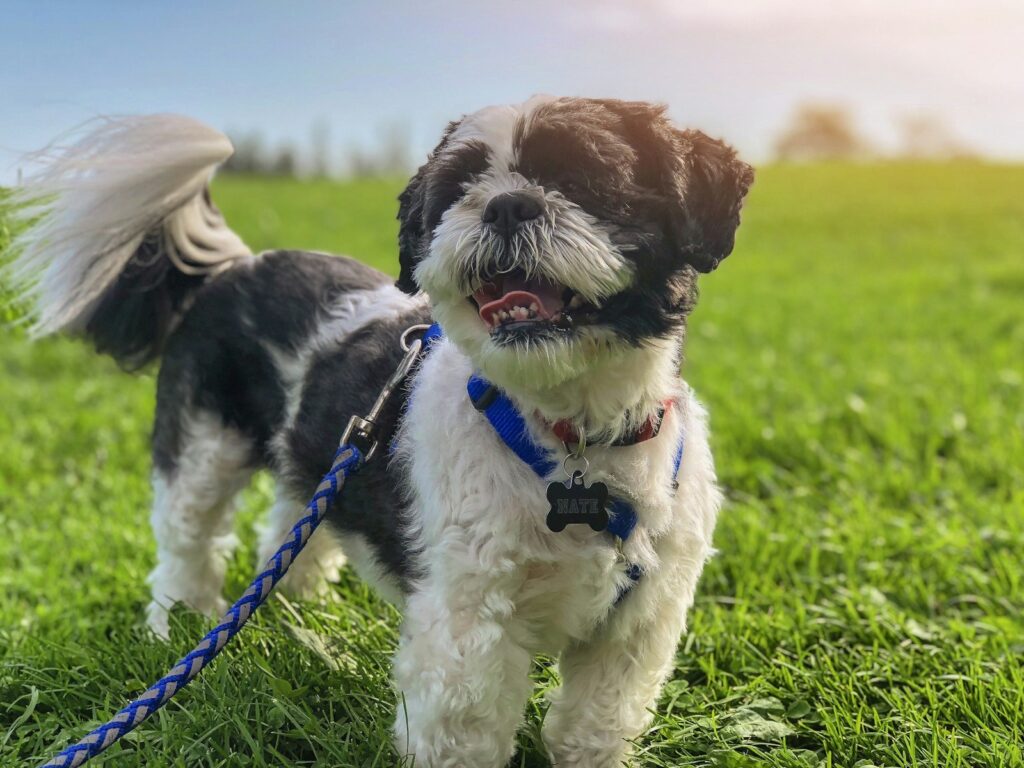
Shih Tzus often deal with breathing issues, eye injuries, and dental disease. Their short noses contribute to snoring and difficulty breathing. They’re also susceptible to kidney disorders and herniated discs. Daily grooming and consistent vet visits are required to maintain their quality of life, especially as they age.
Boston Terrier

Boston Terriers have a charming demeanor, but they share many health concerns with other flat-faced breeds. They’reprone to brachycephalic airway syndrome, corneal ulcers, and spinal deformities. Deafness and skin tumors are also more common in this breed than many others. Without proper attention, these conditions can quickly become serious.
Yorkshire Terrier

Yorkies may be small, but they face big health challenges. They’re prone to collapsing trachea, dental disease, and portosystemic shunts—a liver defect that can require surgery. Low blood sugar and fragile bones make them especially delicate as puppies. Regular vet checkups are essential for early diagnosis of these conditions.
Newfoundland
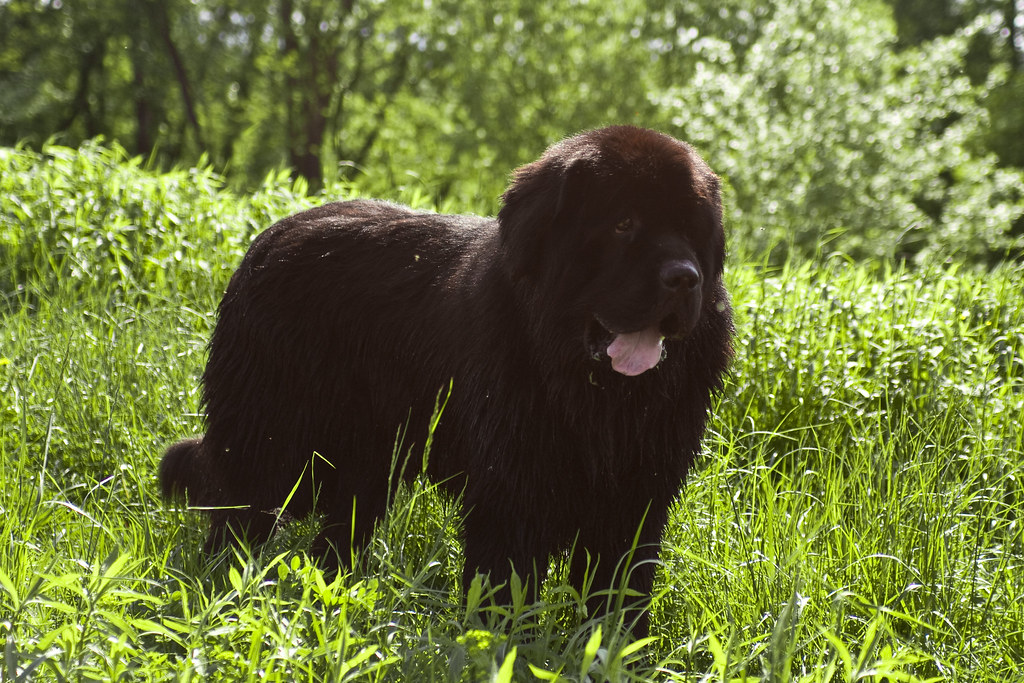
Newfoundlands are sweet and calm but often suffer from hip dysplasia, elbow dysplasia, and heart disease such as subvalvular aortic stenosis. Their large size contributes to shorter life expectancy and greater risk of joint failure. They’realso prone to cystinuria, a genetic kidney condition that leads to painful stones.
Akita

Akitas are bold, dignified, and loyal, but beneath their strong exterior, they are genetically predisposed to several serious health issues. One of the most concerning is their tendency toward autoimmune disorders, including autoimmune thyroiditis and systemic lupus erythematosus, which can cause chronic inflammation, skin lesions, and systemic organ damage.
Basset Hound

Basset Hounds are known for their soulful eyes and laid-back charm, but their distinctive appearance comes with a host of health vulnerabilities. Their long, floppy ears create the perfect environment for moisture and debris to get trapped, leading to frequent ear infections that can become chronic if not cleaned and treated regularly. Their low-slung, heavy-set bodies put them at significant risk for back problems, especially intervertebral disc disease, as well as arthritis in the hips and elbows.
Chihuahua

Chihuahuas are small but can suffer from serious conditions like hydrocephalus, heart murmurs, and dental disease. Their tiny bones make them susceptible to injury, and they often experience hypoglycemia as puppies. Lifelong dental care and regular vet visits are essential to catch small issues before they become life-threatening.
Pekingese
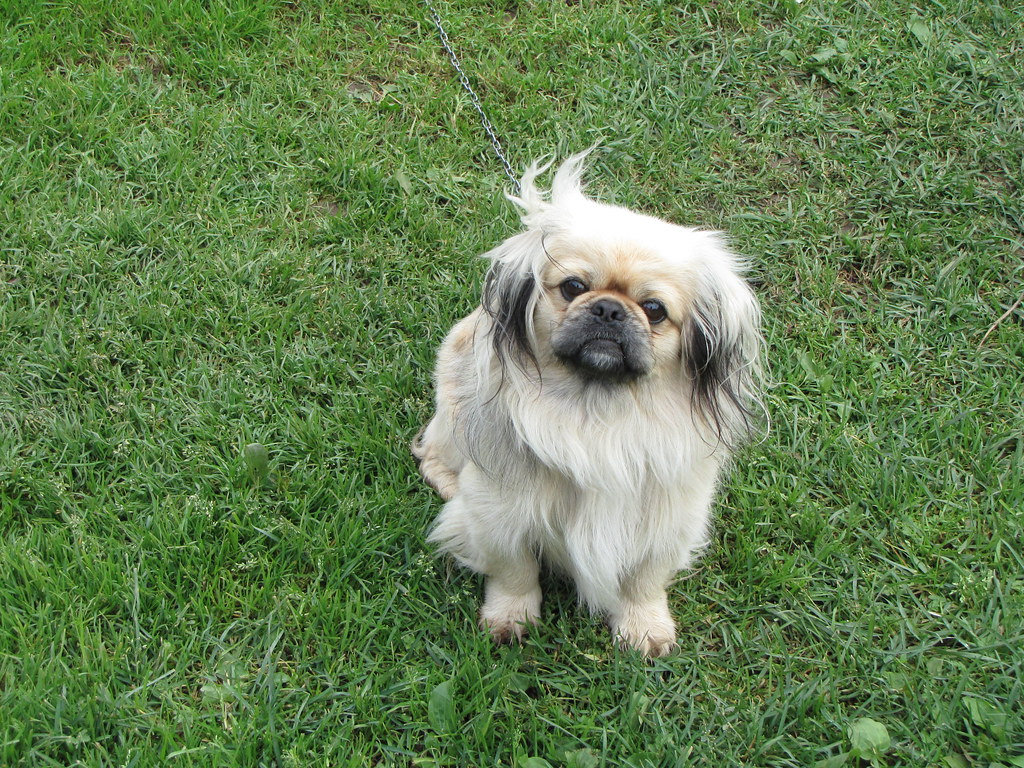
Pekingese are charming and regal little dogs, but their unique physical features come with serious health challenges. Their flat, pushed-in faces significantly impair their ability to breathe efficiently, especially in warm or humid environments. This brachycephalic structure also makes them extremely susceptible to overheating, even with mild activity.
Weimaraner
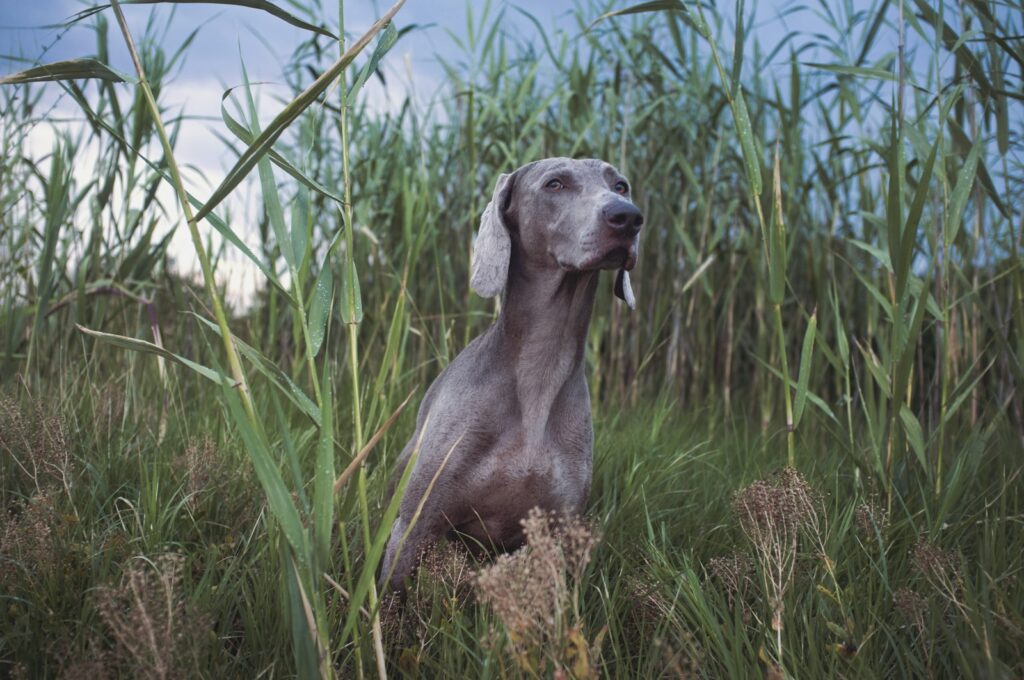
Weimaraners are sleek, athletic, and highly intelligent dogs that thrive on activity and engagement, but they come with a number of health concerns that require attentive care. One of the most serious is their high risk for bloat, or gastric dilatation-volvulus, a potentially fatal condition where the stomach twists and traps gas. Immediate emergency surgery is often the only way to save the dog’s life.
Bernese Mountain Dog
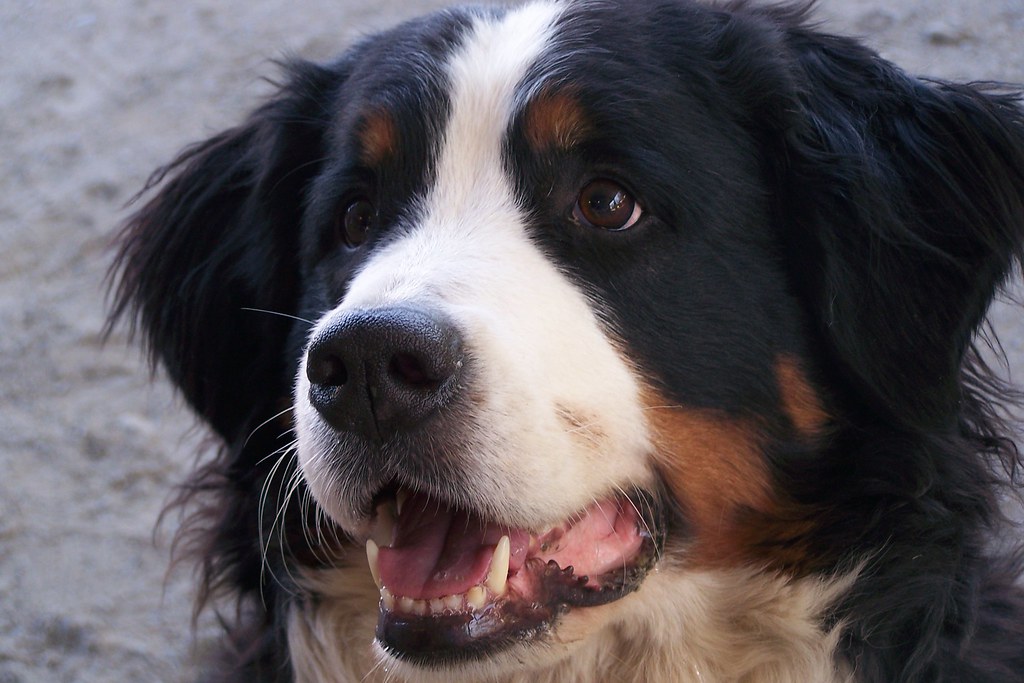
Bernese Mountain Dogs are known for their calm personality, loyalty, and striking tri-color coats, but behind their lovable nature lies one of the most heartbreaking truths in the dog world: they have a tragically short lifespan. Many Bernese don’t live beyond 7 or 8 years, with aggressive cancers like particularly histiocytic sarcoma and lymphoma being the leading cause of early death.
Alaskan Malamute
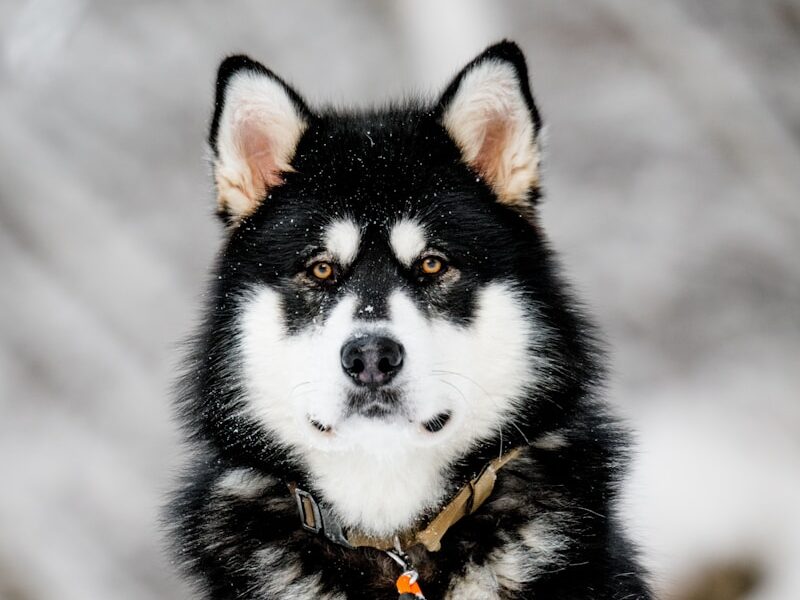
Alaskan Malamutes are powerful, hardworking dogs built for endurance and cold climates—but their robust appearance hides several serious health vulnerabilities. They are genetically prone to hip dysplasia, a condition that can cause chronic pain and mobility issues if not managed early. Cataracts and progressive retinal atrophy are also concerns, potentially leading to vision loss as they age.
Irish Setter
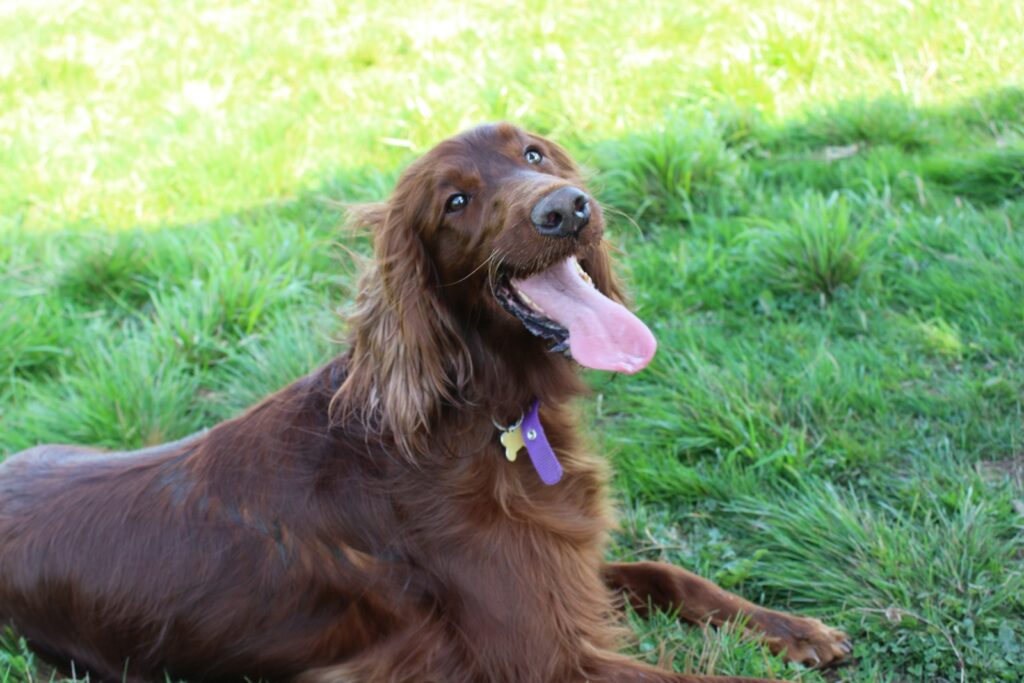
Irish Setters are known for their graceful movement, flowing red coats, and joyful personalities, but they come with a set of health risks that require close attention. One of the most concerning is their predisposition to epilepsy, which often begins in early adulthood and can lead to recurring seizures that require lifelong management. Like many deep-chested breeds, they are also vulnerable to bloat.
Saint Bernard
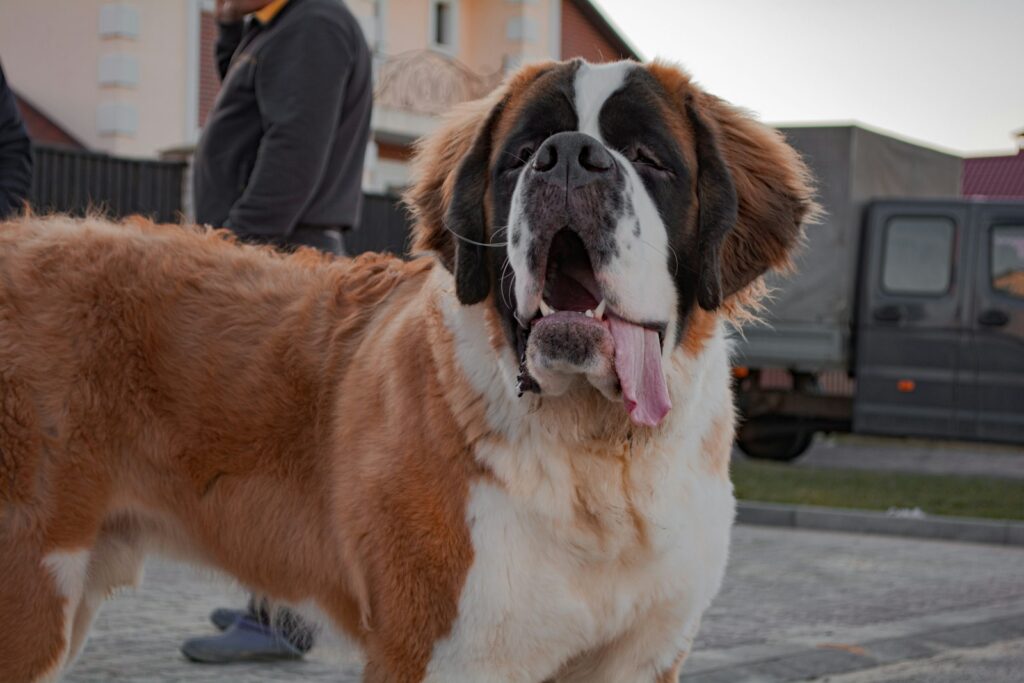
Saint Bernards are iconic for their immense size, gentle temperament, and expressive faces—but their massive frames also bring significant health challenges. Their large, heavy bodies put enormous pressure on joints, making hip and elbow dysplasia nearly unavoidable without proactive care. Many develop arthritis early in life, particularly if they carry extra weight, which only worsens mobility and pain.
Miniature Schnauzer
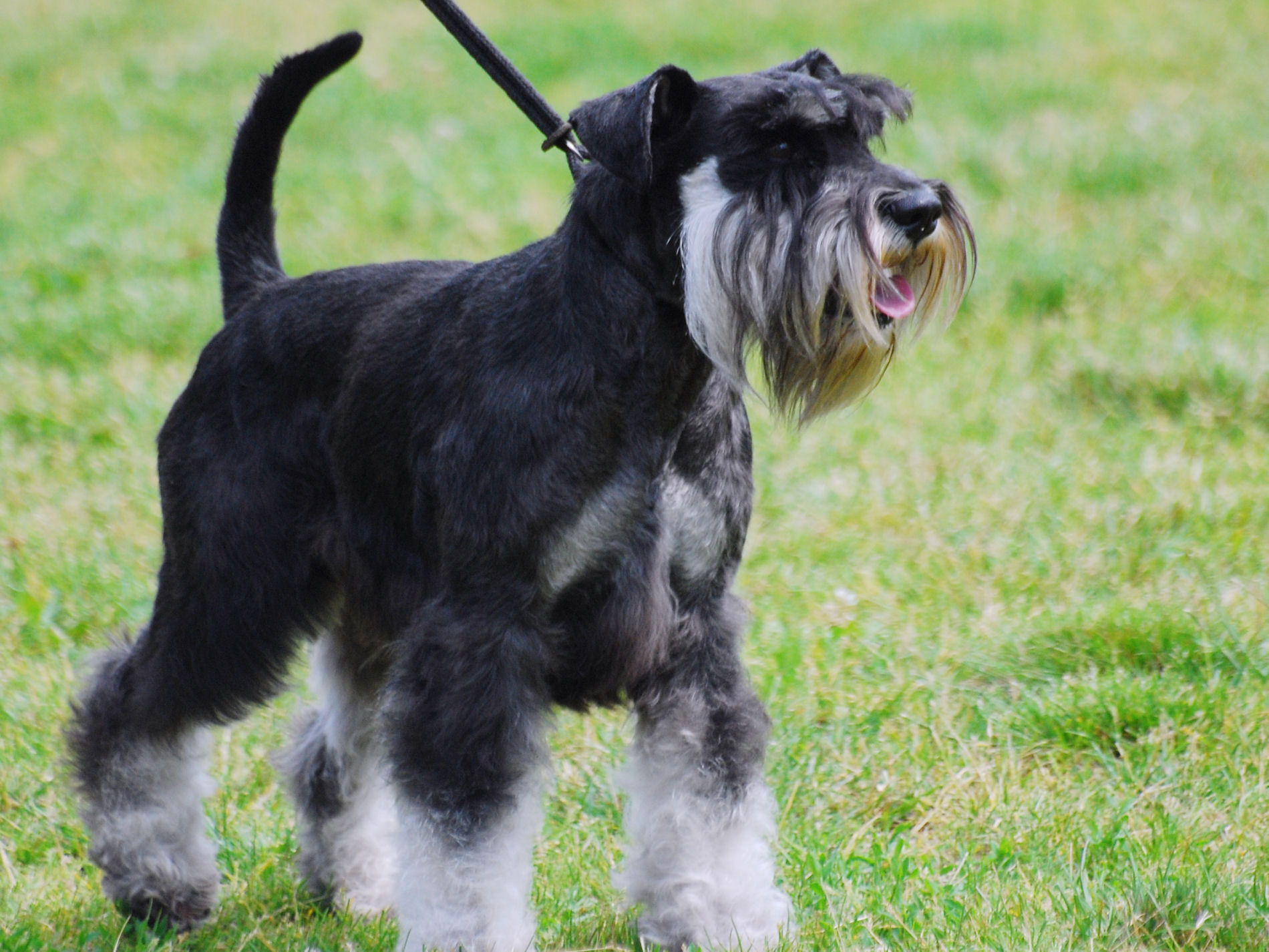
Miniature Schnauzers are particularly prone to pancreatitis, especially if they consume high-fat foods, making a strict diet essential. They’re also at risk for diabetes, bladder stones, and eye conditions like cataracts. Their wiry coats need regular grooming to prevent matting and skin irritation. Because they gain weight easily, portion control and exercise are critical to maintaining their health.
Shar Pei

Shar Peis are vulnerable to a hereditary condition known as Shar Pei fever, which causes periodic swelling and can lead to kidney or liver damage. Their deep skin folds trap moisture and bacteria, often resulting in painful infections. They’re also prone to entropion, a condition where the eyelids roll inward and rub against the cornea, requiring surgical correction in severe cases.
Afghan Hound

Despite their graceful looks, Afghan Hounds face several health challenges. They are prone to hip dysplasia, hypothyroidism, and laryngeal paralysis, a condition that affects breathing. Their slim build makes them sensitive to certain medications and anesthesia. Their long, flowing coats can also hide skin infections, making grooming and close inspection part of regular care.
Old English Sheepdog

Old English Sheepdogs are prone to hypothyroidism, hip dysplasia, and autoimmune skin diseases. Their dense, woolly coats easily trap moisture, leading to skin infections if not kept clean and dry. They are also susceptible to hereditary deafness and progressive retinal atrophy. Regular grooming and routine vet visits are essential to keep them comfortable and thriving.
